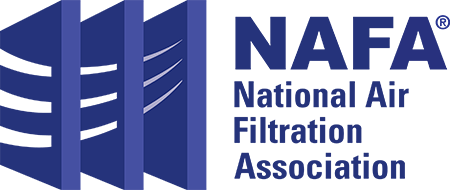Cleanrooms, Minimum Testing Criteria
June 30, 2011
(Ed. Note: The largest number of cleanrooms is divided between the semi-conductor industry, driven by increased yield (or decreased cull rates), and the pharmaceutical/ medical device industry driven by health-related concerns of not causing death or illness to the public along with FDA regulatory concerns. In this article, Mr. Brande presents his views on what the absolute minimum testing criteria should be for a cleanroom to be “certified.”)
There are five tests and/or calculations that must be performed in order to prove four objectives that qualify a cleanroom as functional:
One
Demonstrate that the controlled area meets the desired classification (Class ISO 5; Class ISO 6; Class ISO 7 or Class ISO 8).
Required Test:
Room classifications according to ISO 14644-1, or the now defunct Federal Standard 209E, to establish that the desired room class has been met.
Two
Demonstrate that no particulate will enter the controlled area by way of the supply air mechanical system.
Required Test:
Integrity testing of the HEPA filtered supply (or exhaust) air with an oil aerosol (ambient challenge not accepted here) to show no bypass of airflow and potentially detrimental particulate.
Three
Demonstrate that no particulate will enter (positive) or exit (negative) the controlled area due to construction (wall and/or ceiling utility penetrations, mouse holes and threshold gaps).
Required Test:
Differential pressures will indicate that both direction and magnitude of static pressures is sufficient to control migration of particulate from one controlled area to another (or even an uncontrolled area).
Four
Demonstrate that, should there be an episode of particulate generation within the controlled area, the design of the room will handle the particulate in a “controlled” and timely manner.
Required Test:
Controlled area volumes (sometimes recorded in the form of velocities and converted) and subsequently the room air exchange rates are used to determine if there is sufficient airflow into a controlled area to neutralize (dilute) any short term potential source of particulate in an area and also maintain the required static pressures.
Five
Required Test:
Finally, air flow visualization (a picture is worth a thousand words) for the definitive answer as to whether a controlled area can truly control particulate.
“If I could perform only one test in a Class ISO 5 (Class 100) environment, this would be my choice. In my opinion, more pertinent information can be derived from this test than all of the other standard tests listed in either IEST-RP-CC006.3 or ISO 14644 Part 3.”
Note: In areas Class ISO 6 (Class 1000) and higher, this test takes on another form called room recovery and is not quite so ‘visual’. Bear in mind, that both tests are considered destructive in terms of trying to maintain sterility.
